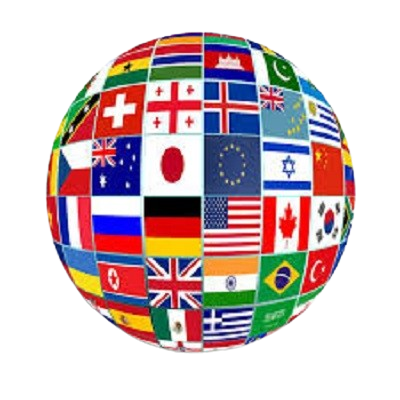| Official name | Islamic Republic of Afghanistan |
| Date established | 19 August 1919 (Independence from UK influence) |
| Region | Asia — South-Central Asia |
| Capital city | Kabul |
| Population (2024 est.) | ~41.6 million (World Bank) |
| Area | 652,230 km² |
| Density | ~64/km² |
| Currency | Afghani (AFN) |
| Official language(s) | Pashto, Dari |
| Time zone | AFT (UTC+4:30) |
| Calling code | +93 |
| Major religions | Islam (official; majority Sunni, minority Shia) |
| Emergency – Police | 119 |
| Emergency – Rescue/Ambulance | 102 |
| National symbol | Emblem of Afghanistan |
| National flower | Tulip |
| National animal | Snow leopard |
| National sport | Buzkashi |
| Literacy rate | ~37% (UNESCO est. 2023) |
| Human Development Index | 0.478 (UNDP 2023/24) |
| GDP (nominal, 2024) | ~$16.7 billion (World Bank) |
| Major industry | Agriculture (wheat, fruits, nuts), carpets, textiles |
| National festival | Independence Day — 19 August |
| Climate | Mostly arid to semi-arid; cold winters, hot summers |

